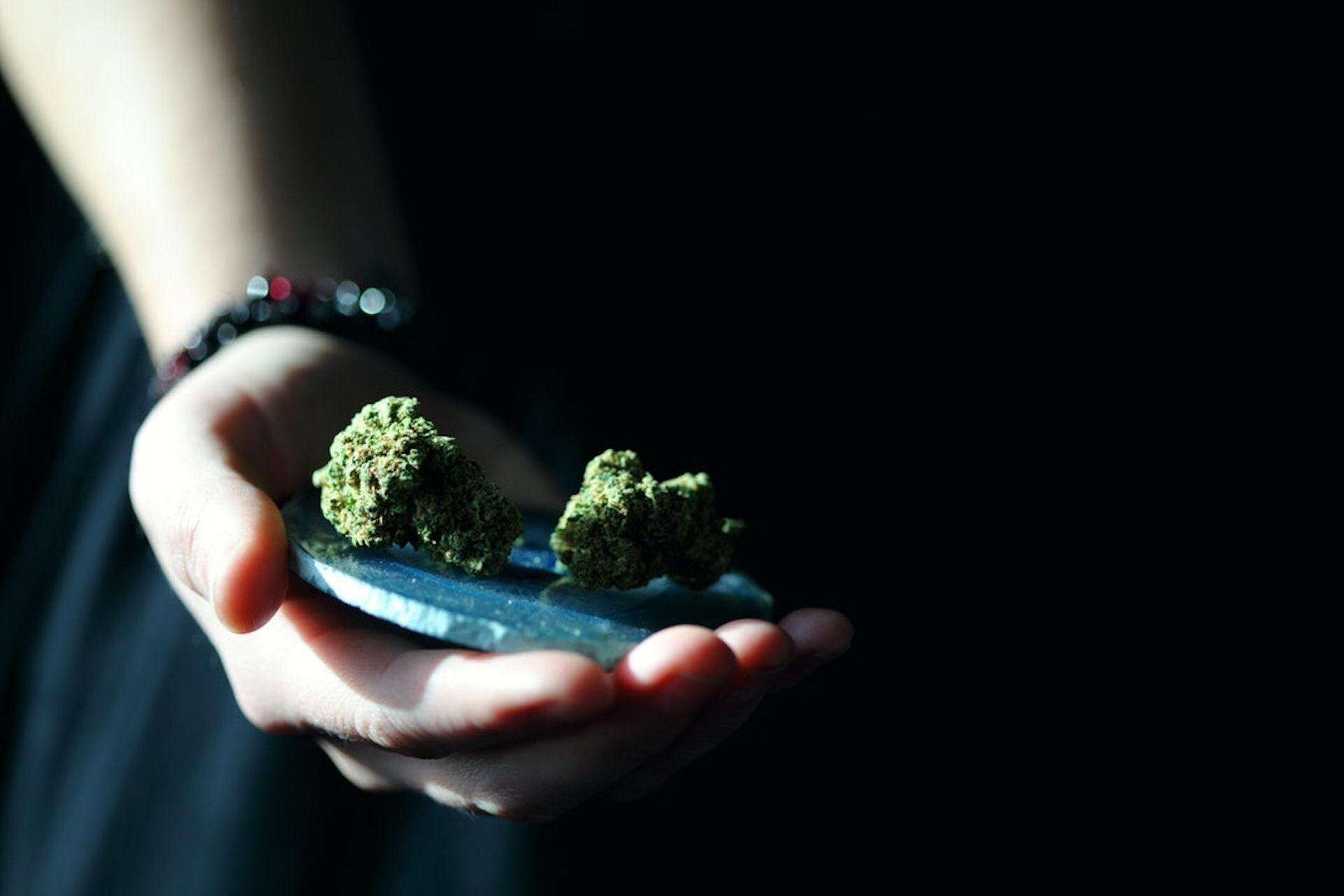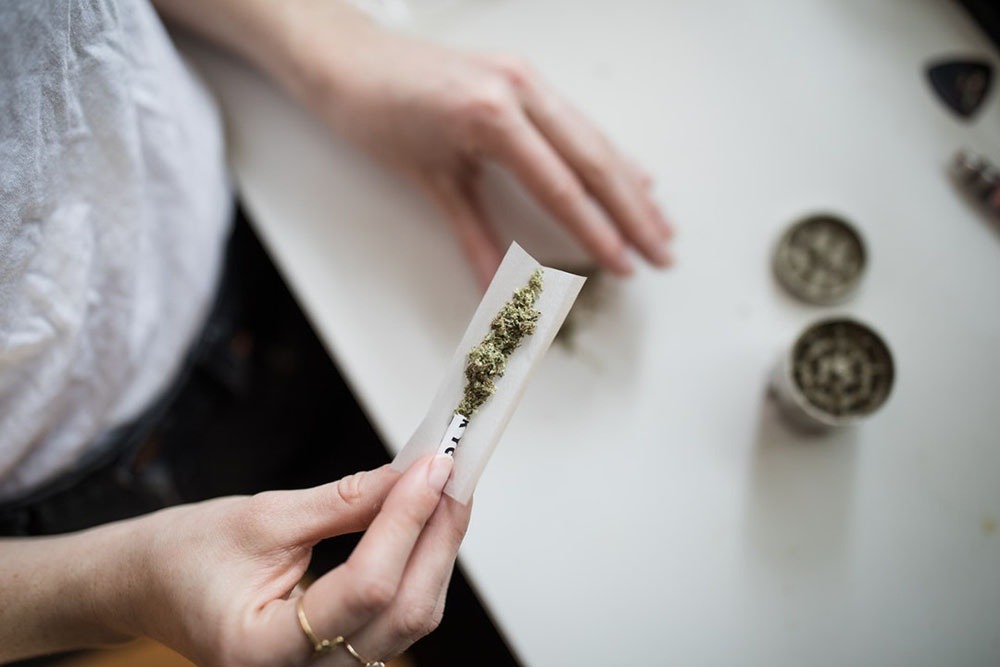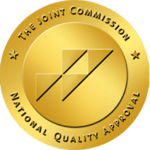Despite what popular opinion maintains about the substance, marijuana use can become quite problematic even if used sparingly or irregularly as it is highly addictive. Recent studies on the substance yielded data suggesting that 30% of those who use marijuana may already have a degree of marijuana use disorder or dependency. This is made even worse with the proliferation of smoking K2, otherwise known as synthetic marijuana.
Synthetic marijuana, also known as synthetic cannabinoids, and colloquially known on the street as “Spice” or “K2”, are various man-made chemicals that people now use as an alternative to marijuana. Although these substances have grown in popularity with those who have a liking for marijuana, this synthetic substitute can cause serious side effects that are very different from those of natural marijuana.
Synthetic cannabinoid products can be highly toxic. People who use this substance could have varied reactions ranging from mildly disturbing to increasingly alarming effects, such as rapid heart rate, vomiting, agitation, confusion, and hallucinations. It is not uncommon for users of this substance to end up requiring the help of emergency medical services or even find themselves in the emergency room or intensive care unit.
How Else is Synthetic Marijuana Called?
Synthetic marijuana has garnered a large following as a street drug, with many getting into its use due to the ease with which it could be acquired. Synthetic marijuana is known on the street by many names, including:
- Spice Silver or Gold
- Yucatan Fire
- Blaze
- Zohai
- Black Mamba
- Bliss
- Genie
- Blonde
- Red X Blend
- Sky High
- Skunk
- Moon Rocks
- Galaxy Gold
- Scooby Snax
- Black Voodoo
- Green Giant
- Smacked
- Wicked X
- Ninja
- Mojo
- Bizzaro
- AK-47
- Citron
- Nice Guy
What are the Side Effects of Synthetic Marijuana?
Similar to all abused substances, synthetic cannabinoids have largely been linked to the development of several serious health issues, including acute kidney damage and even strokes in young adults. Side effects of synthetic marijuana include:
- Tachycardia (elevated heart rate)
- Hypertension (increased blood pressure)
- Vomiting
- Loss of consciousness
- Nausea
- Seizures
- Suicide ideation
- Panic attacks
- Hallucinations
- Violent behavior
- Paranoia
- Anxiety
- Agitation
- Confusion
- Chest pain
- Diarrhea
What are the Dangers of Synthetic Marijuana?
Medical experts are warning that at best, the effects of synthetic marijuana are unpredictable. Some users have said the use of synthetic marijuana resulted in elevated mood and relaxation, while others experienced paranoia and hallucinations. In addition to being highly addictive, synthetic marijuana can be extremely dangerous when used in high dosages. There have been reports of deaths caused by overdose from the use of this substance.
The listed side effects, while hazardous for some people, could become critically dangerous for others, and it is not uncommon to cause complications that could become life-threatening. There have been reports of users suffering multiple strokes as a side effect of using synthetic marijuana, with the damage being so severe that it left the users paralyzed, blinded, and with severe brain damage.
The tragedy of synthetic marijuana is made even more significant by the fact that many of the users are young adults, and the resulting damage of the side effects ensures that most of these young users could run the risk of permanent damage or even death. These young adults are particularly vulnerable because an alarmingly large number of them buy into the false advertising about synthetic marijuana as being “safe” since it is derived from a natural plant that shares a name. The truth of it is that other than the shredded plant material that the synthetic chemicals are sprayed on to produce it, there is nothing natural about synthetic marijuana, and it is not marijuana at all.
What are the Withdrawal Symptoms of Synthetic Marijuana?
As synthetic marijuana only shares the name with natural marijuana, the withdrawal symptoms associated with it are quite different from natural marijuana. The symptoms listed here are the ones observed while people addicted to the substance are undergoing substance abuse treatment programs. Although the synthetic nature of this substance could cause several unpredictable symptoms, primarily depending on how the person reacts to the chemicals in it.
Observed and common withdrawal symptoms include:
- Uncontrollable tremors
- Vivid nightmares
- Profuse sweating
- Diarrhea
- Vomiting
- Insomnia
- Headaches
- Extreme fatigue
- Problems thinking clearly
- Inability to concentrate
- Severe lethargy
- An intense feeling of hunger
- Flu-like symptoms
- Severe agitation
- Irritability
- Severe anxiety
- Alternating cold and hot flashes
Depending on the person, the toxicity of synthetic marijuana could be so severe that many succumb to the severe side effects even while undergoing medical detox, which is why medical personnel is particularly keen on observing synthetic marijuana users. Even in medical detox, synthetic marijuana users run the risk of suffering from:
- Stroke
- Seizures
- Heart attack
- Lapsing into a coma
- Hallucinations
- Delusions
How is Synthetic Marijuana Addiction Treated?
The treatment of synthetic marijuana addiction could depend on the length of time the substance has been used, the severity of the side effects being experienced, and the current condition of the person needing treatment. Treatments used for synthetic marijuana addiction include:
Much like what happens when a person undergoes medical detox, the withdrawal symptoms of people trying to quit synthetic marijuana could be extremely uncomfortable. In most cases, medication would be used to alleviate the severe discomfort and to help manage the other distressing withdrawal symptoms. Our addiction therapy in Los Angeles also plays a key part in helping the patient resist the tremendous urge to use substances again, even while still in the medical detox phase. There is also proof that specific medications used during rehabilitation could minimize the risk of a relapse for someone in recovery.
In-patient or partial hospitalization programs in Los Angeles are typically the best options for most people trying to recover from any kind of substance abuse disorder. This is because the hospital-like setting and clinically trained personnel are ideal for any complication that might arise or for any kind of medical care the patient might require. This kind of treatment is also ideal for constant monitoring of the patient if the possibility of a serious complication might arise during medical detox or while in rehabilitation.
The clinical setting also provides the ideal isolation from the outside world should the patient require more time away from the damaging influences that they could be exposed to while undergoing treatment.
A residential or inpatient treatment program allows individuals to live with others experiencing substance use disorder while still receiving therapy for their substance abuse issues. The patient is still required to attend therapy sessions, medically assisted treatment, and other activities to help them complete their therapy. Much like in-patient and partial hospitalization programs, the patient is still given access to the clinical facilities of the rehabilitation center as they undergo therapy. Even though it’s with considerably more freedom.
Medical detox and some aspects of rehabilitation are said to take a heavy toll on the patient trying to stay on the path to recovery. Throughout the entire process, the risk of a relapse never ceases to be a possibility, particularly when the patient feels emotionally battered and is in dire need of support. This is where support groups become immensely important.
Support groups provide companionship and understanding to the person needing it as every participant in the group is going through something similar. In the case of a support group for people trying to recover from synthetic marijuana use, the group becomes a venue where the participants could share their challenges, including how they were able to overcome these challenges.
For someone undergoing an immensely turbulent time, such as when a person is in rehabilitation, having someone who truly understands what it’s like is highly beneficial. This removes the isolation many people in recovery feel, as they know the people in the support group are also experiencing what they are, and in that manner, they feel that they are not going through their troubles alone.
Some people tend to achieve stability and recover a bit more quickly than others, but might still require some form of therapy to aid them in staying sober. This is where outpatient drug rehab programs become a good choice, as patients still receive therapy in this treatment form, but are also allowed to go out into the real world. This has proven to be particularly helpful for many as it removes the jarring impact of a sudden integration into the world outside of the rehabilitation facility.
The gradual exposure to the outside world provided by outpatient programs allows the patients to acclimate themselves to being in a world where the temptation to use substances again is very real. This treatment form also allows the patients to put into use the various coping mechanisms they learned while in therapy to help them overcome whatever urges or cravings they experience.
Westwind Recovery® Can Help You with Synthetic Marijuana Addiction Treatment
Getting over an addiction is never easy, but it is far easier than having to live with the damage and the agony of living through the effects of substance abuse. In the case of synthetic marijuana, the highly toxic nature of the synthetic chemicals in the substance does severe damage not only to the physical body but to the mind as well. This is why we here at Westwind Recovery® make a point to find the most suited form of addiction treatment in Los Angeles for those who need our help so that they not only get on the right path to recovery but also stay on it as well.

Dr. Deena is the Chief Clinical Officer of Westwind Recovery®, an award-winning outpatient treatment center in Los Angeles where she oversees the clinical and administrative program and treatment methods. Dr. Deena is a doctor of psychology and licensed clinical social worker since 1993. LCSW #20628. Originally from the East Coast, Dr. Deena has worked running treatment centers, worked as a therapist in psychiatric hospitals as well as school settings and currently has a thriving private practice in the LA area. Dr. Deena has appeared regularly on the Dr. Phil Show as an expert since 2003. She has also been featured on many other TV shows, podcasts and has contributed to written publications as well as podcasts.






